The More Things Change....
Thursday, October 31, 2024 | By: MaryAnn Talamo
When I think about the industry of portrait photography, instantly I think about the MASSIVE amount of change that has happened in such a short period of time. And I've always wondered about the expression "The more things change, the more they stay the same", because for the art of photography over the last 13 years I've had my own studio (or the 28 years I've been behind the lens), NOTHING about photography has stayed the same.
When I think about the beginnings of my studio, the world of photography was in major transition, and I was more than willing to transform with it. It was the introduction of digital photography that gave me the push to go out on my own, and create the kind of children’s portrait studio I wished I could patronize with my own kids (psss, little secret here, getting my three kids photographed, either by myself or someone else, major league stressful!) So what was it about digital photography that made portrait photography so much more appealing as a profession, or at least my prefered form of artistic expression, than ever before? Well, to be frank, cost of entry was a lot cheaper, but I’ll get into that more later.
When I was attending college and studying photography as the main focus of my art degree, in 1991 I had the foresight to take a class in this new, novel computer program called Photoshop!! In the Brooklyn College Mac computer room, I scanned in my images on a scanner that was approximately the size of the average refrigerator, something that you needed a forklift to move, and there were my photographs in all their pixilated glory on a 13” CRT monitor for me to cut and paste with. And that was about as far as the program went back in those days. What I can remember most vividly about Photoshop in its infant days was spending a really long time trying to lasso part of an image – only to accidently click outside the marching ants and lose the whole thing! And then taking another 20, 30 minutes to attempt to select the same object all over again….
But I knew there were major changes made to the program by 2003, and I found the idea of being able to work on my images without having a darkroom in my house SUPER exciting!! More on that later too…
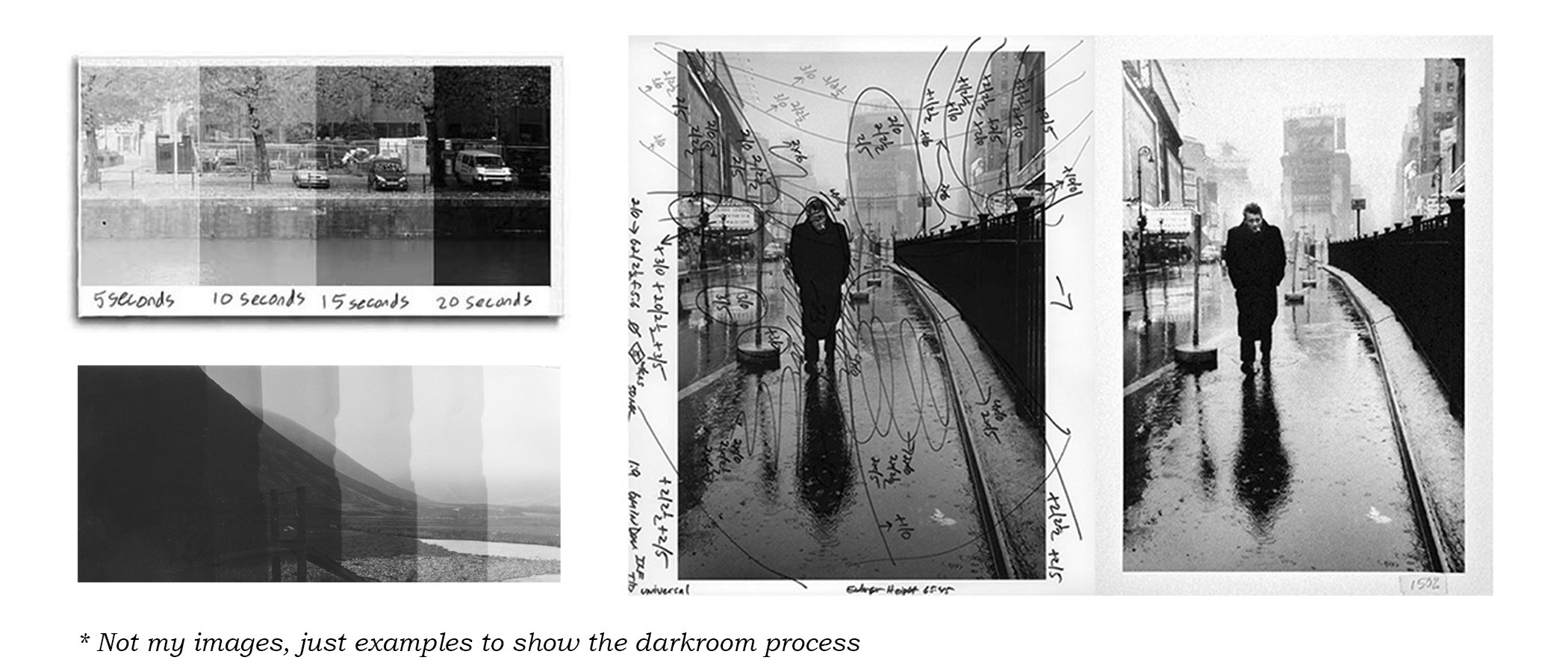
Because for me, the darkroom was the most thrilling part of the process! I LOVED making prints! I loved making prints so much, and perfect prints by the way, I quickly discovered I couldn’t get there with just the 25 pack of paper my instructor put on our supply list. Usually I was at the final test print, with the proper burning and dodging all mapped out, when I would run out of photo paper! So I learned to never start that second print unless I had the big box.

I had more of these tools floating around then I could count. My boxes of used photo paper had their fair share of exposure test prints. Maybe in actuality, I needed so much materials because I was a horrible developer, but I’d like to think it was the same perfectionist habit I have now that kept me so long in the darkroom. So having the ability to develop my own work, without the cost for chemicals, the mess involved, the running water (how many of us have a dark closet with running water?!), having that all in my desktop computer, who could ask for more!!! Little did I know what I was asking for…
So in 2003, I bought my first (used) digital professional camera off of EBay and started to play. I have to admit the learning curve was steep, this was not the same as film, but I think I got the true rhythm of digital photography in about two years of trying.
If I really dig deep into ALL the changes of digital, and how photography has changed so much since film, this would be a book, not a blog post! But to say there have been HUGE changes in my profession in a tremendously short period of time would be an understatement. Sometimes comparing things as they were then to how they are now give me pause, and a chuckle.
When I opened my studio in the early 2003, I was one of very few photographers using digital full time, and I was a woman in a male dominated field (well, here in NYC, in the wedding and portrait industry that is). A colleague of mine suggested I play up that fact, but keep my studio name serious (as opposed to something whimsical) and Custom Digital Images was born!! Turns out I outgrew my studio name almost as quickly as the wave of digital overtook the masses!
Back in 2003, one of the main questions I was continually asked was “Is digital REALLY as good as film?” I lost quite a few early wedding bookings because a majority of the public was still not convinced. Now the repeated question during session inquiries is “Can I purchase your files?” What a change in a decade! Though one thing hasn’t changed, and that’s how we answer the question. We still don’t offer digital files for purchase, and I’m pretty certain we never will. But back in the early days of Custom Digital Images, no one even asked for files – because I’m pretty sure no one would know what to do with them even if I gave them away!
This brings us back to today, and what we photographer’s like to describe as our workflow – what we do to our images after the shutter has clicked. Who knew the Pandora’s Box we would open by putting our darkroom in our computers. Who could imagine back then, at the very start of digital photography, that most people would walk around with what is essentially is a pared down version of Photoshop in their phone!
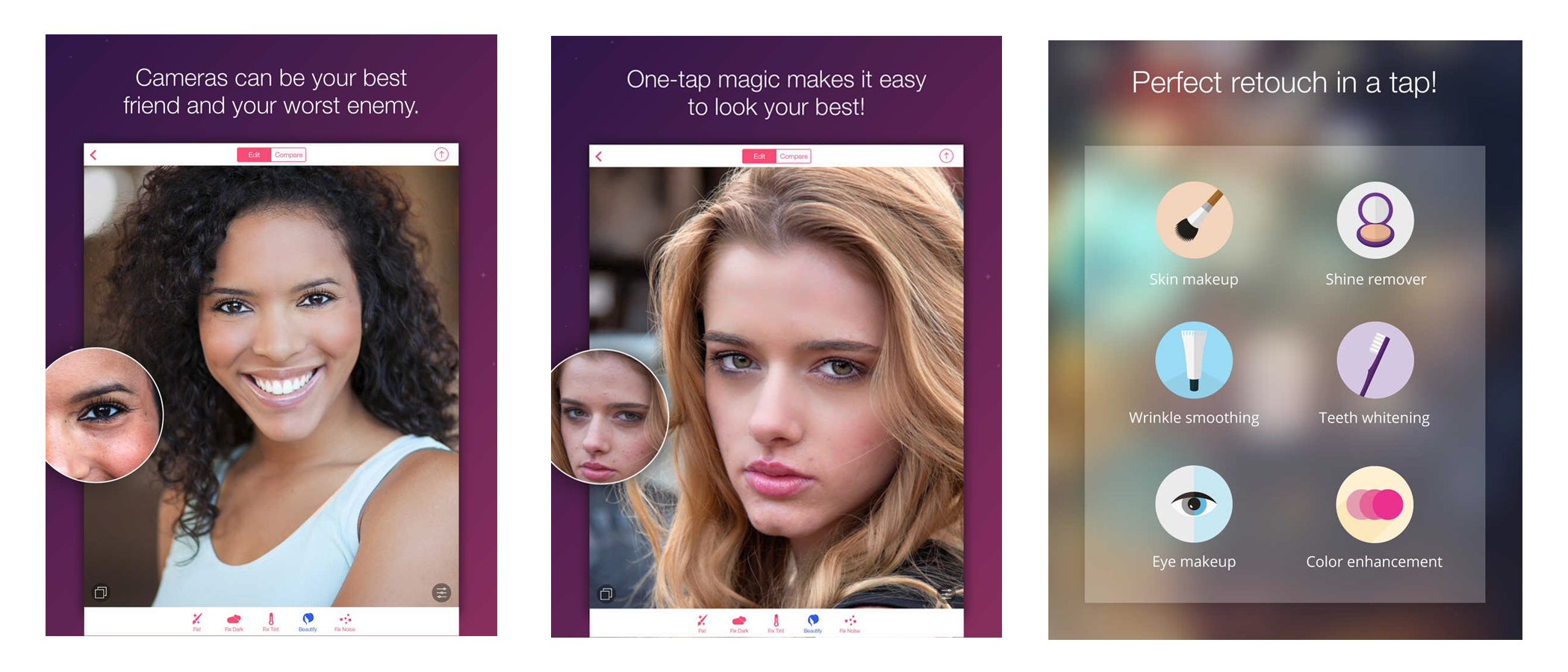
This leads me to the paradox, the conundrum, the essential point of my blog post today (I promise this is all leading somewhere). Professionals, and even most amateurs, are working with cameras that capture so much information; the question of quality is now moot. The average cell phone camera has more megapixels than my first professional digital camera (which was a Kodak D760, and that thing was built like a Hummer). No one asks about megapixels anymore. So if cameras are so much better, why are photographers like me spending more time than ever at their computers? And don’t get me wrong, I am a very strong advocate of getting it right in camera, so it’s not fixing exposure issues or removing stuff I missed when I was looking through the eyepiece. Because just as cameras are creating images that are so sharp, so crisp, with such amazing detail, the average eye is becoming trained to spot a flaw from a mile away. And that’s because we’ve become so accustomed to not seeing flaws anymore! Not a wrinkle, not a hair out of place, not a blemish, these things are removed with such regularity on professional images, leaving them behind on a portrait is not an option anymore.
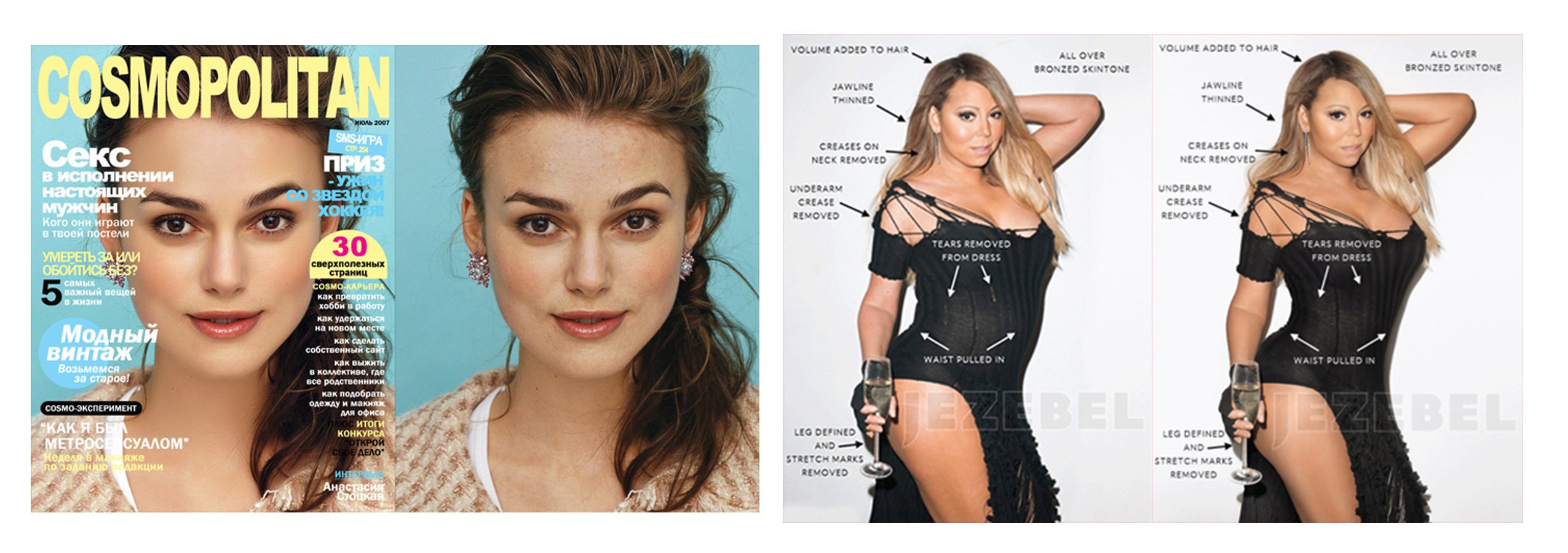
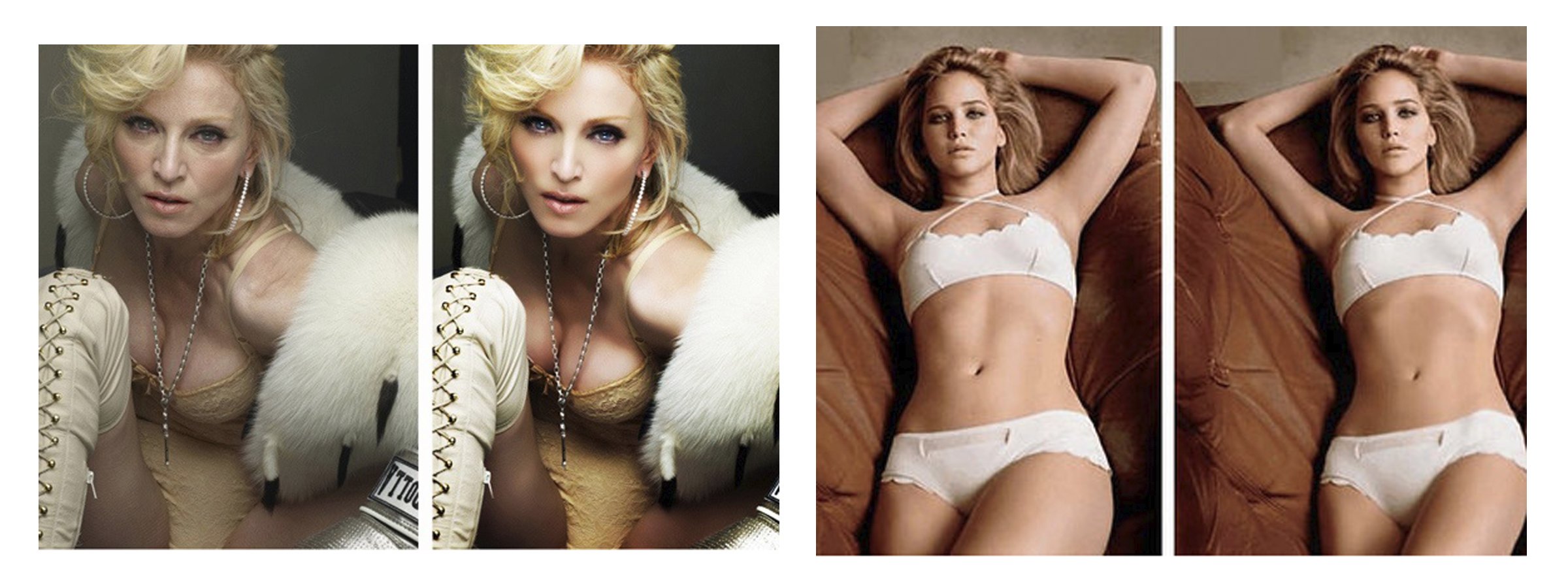 And if we can fix these things so easily with Photoshop, the argument is shouldn’t we? Some days I’m more convinced than others, especially when the fixes are not actually as easy and quick as they appear.
And if we can fix these things so easily with Photoshop, the argument is shouldn’t we? Some days I’m more convinced than others, especially when the fixes are not actually as easy and quick as they appear.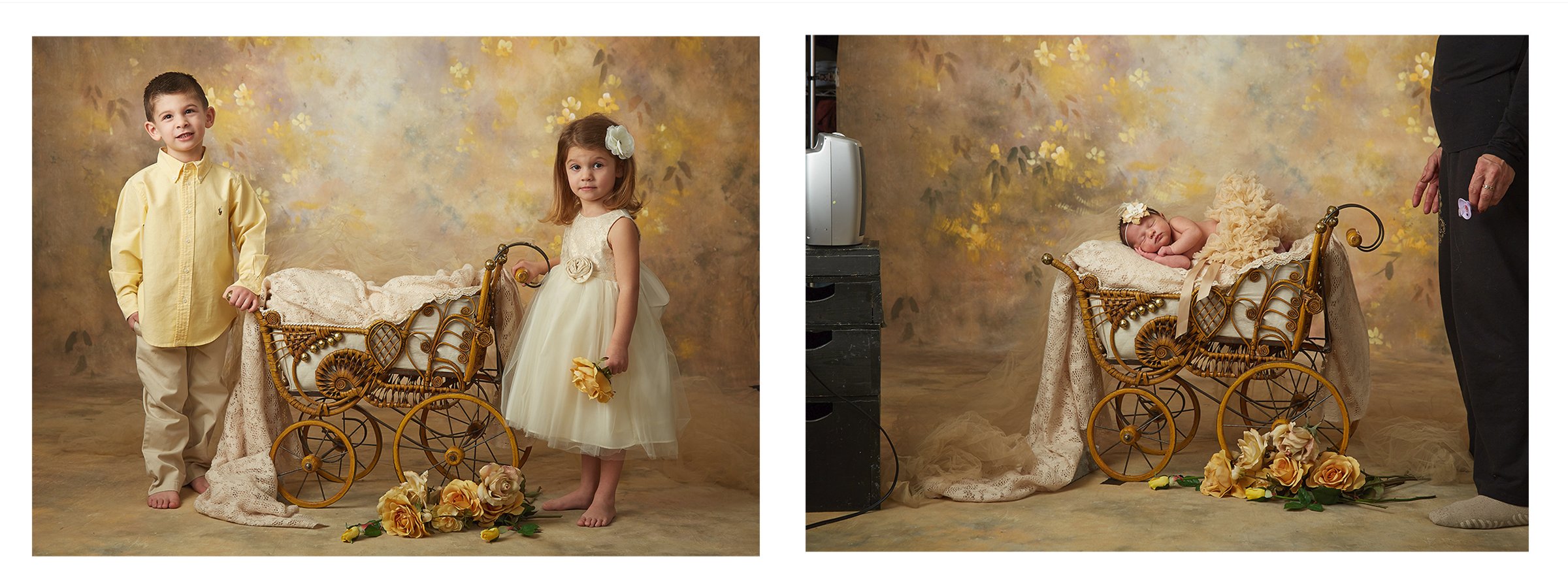
In these modern times, we are bombarded daily with images, more so than we’ve probably ever looked at before in the history of time. Those thousands and thousands of images run the gamut of looking horribly retouched, to retouched so well they don’t look as if they’ve been worked on at all.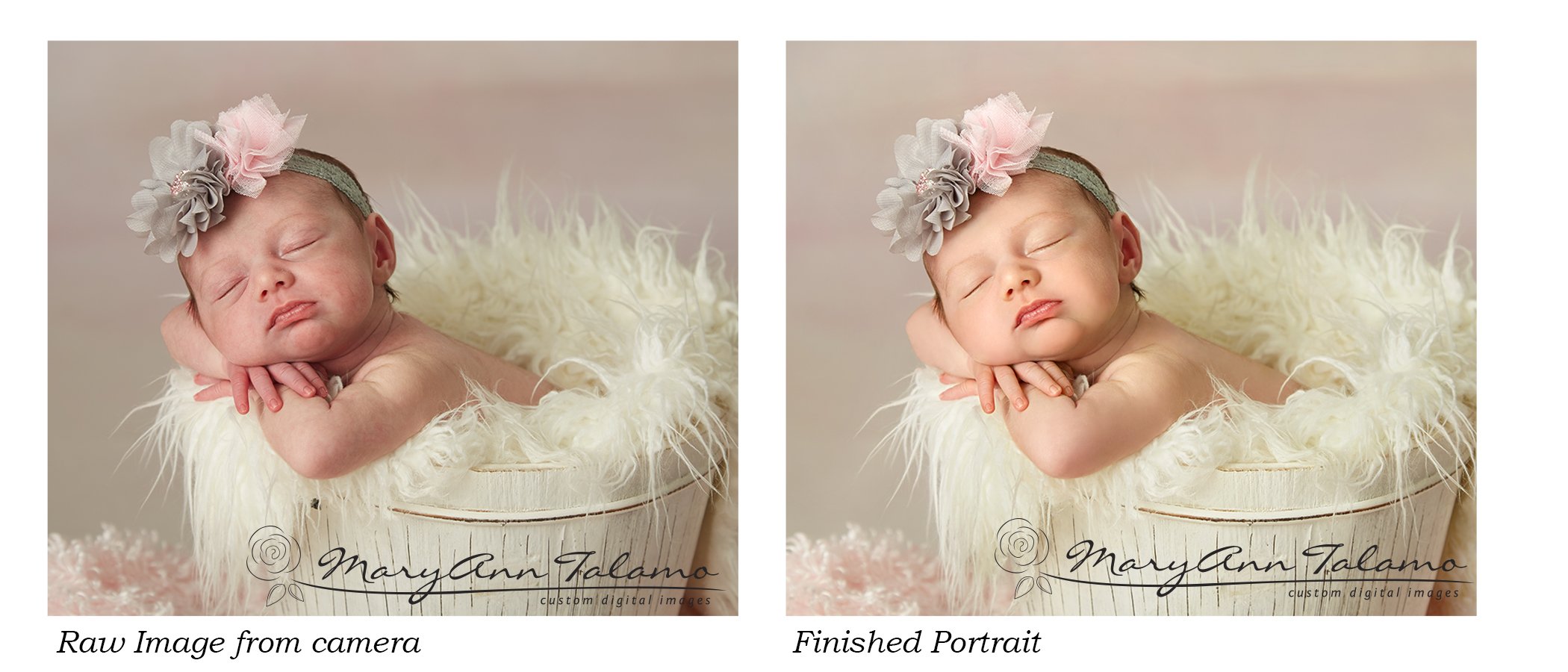
I know that a majority of my photo editing time is spent trying to achieve the latter, and I’ve come to the conclusion that making a portrait look natural actually takes more work than ever before.
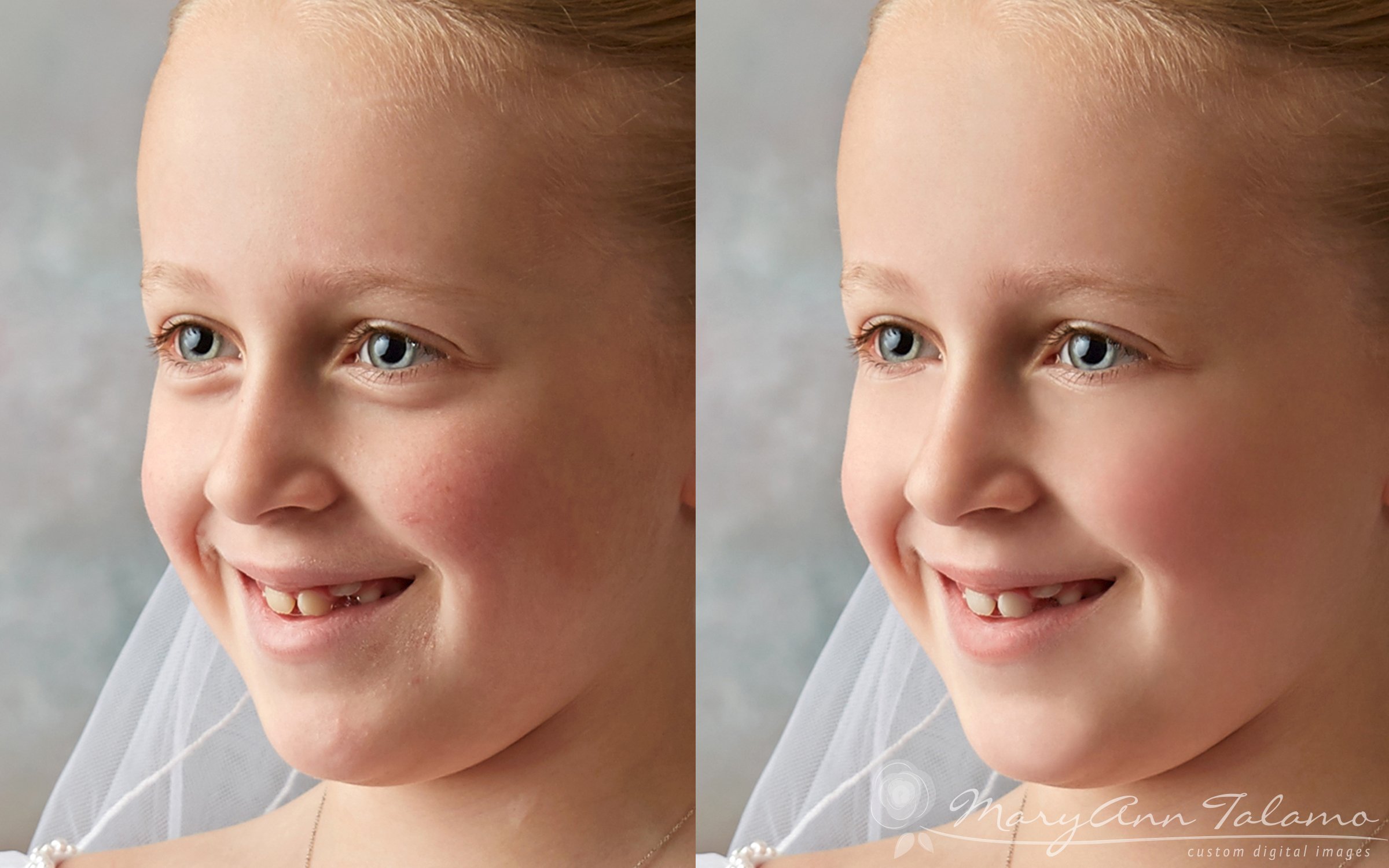
Because how do you correct the flaws, but still keep the personality, the realness of a portrait. This is the tightrope I walk every time I open an image in Photoshop. How do I take away the flaws and have people notice the beauty and perfectness of my subject, and NOT the work I did getting to what I consider that perfect end result?
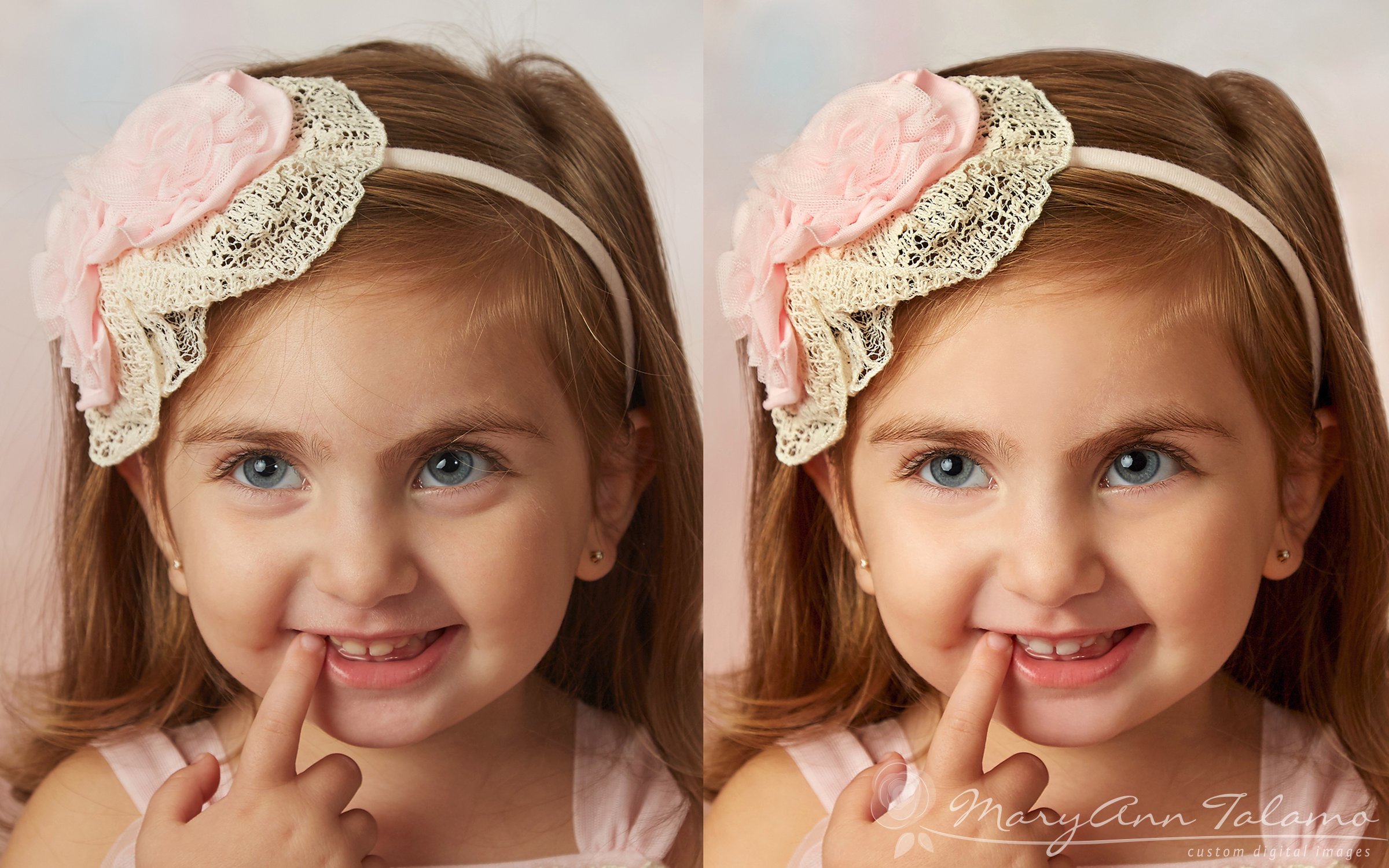
We all know Photoshop can go horribly wrong. There are endless blog posts and sites that discuss Photoshop disasters, or times that photo editing went WAY too far to be believable. But it’s not all bad. In the right hands, Photoshop can be an incredible tool for an artist, as well as programs like Corel Painter. It’s a way to transform an image into that true vision an artist had in their mind’s eye when they clicked the shutter, past the limitations posed to us before by the darkroom.
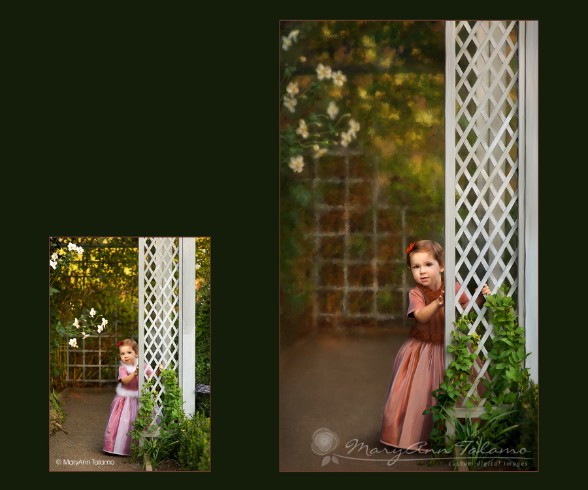
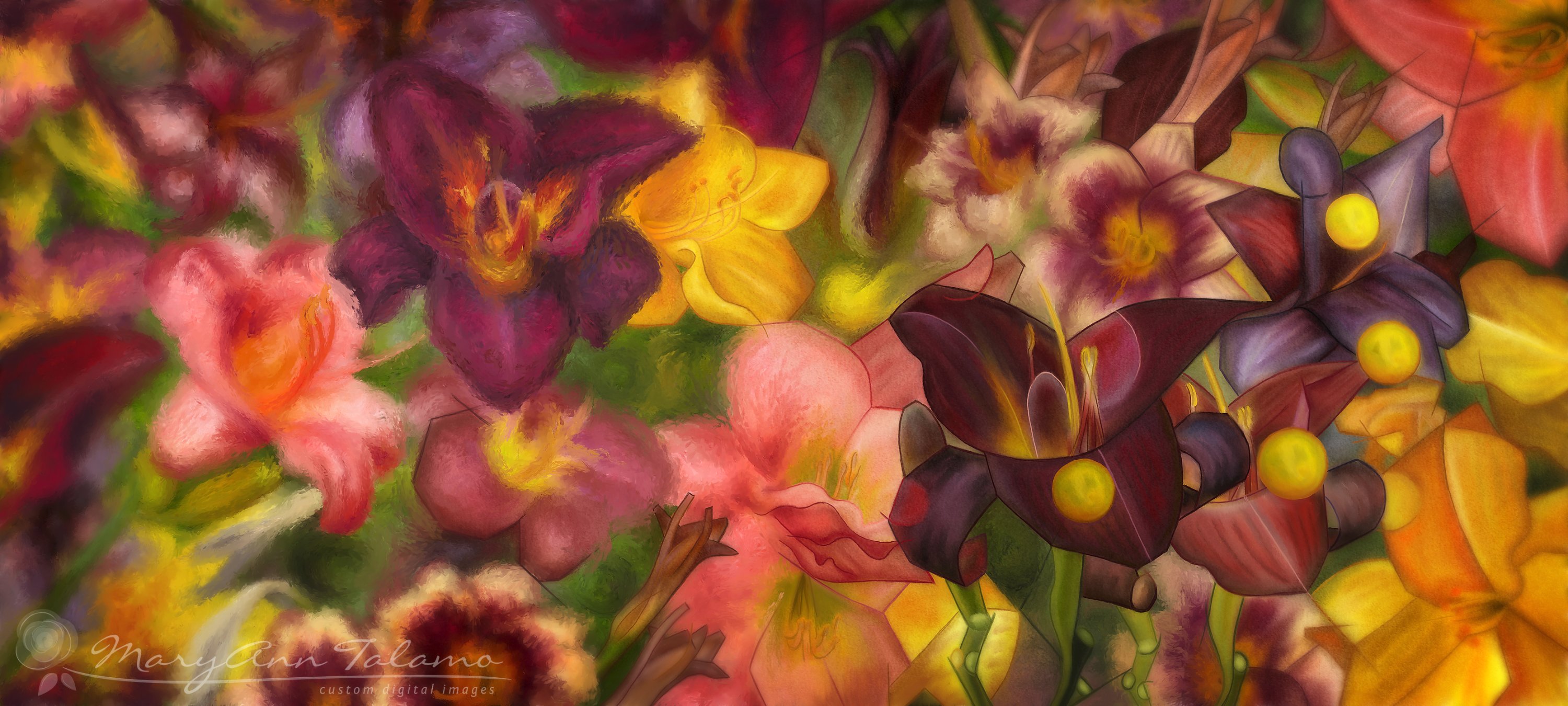
With these tools, I can say my work as a photographer has moved past just grabbing great snaps of really cute kids, to wanting to always transform my images into artwork, whether they’re painted or not.
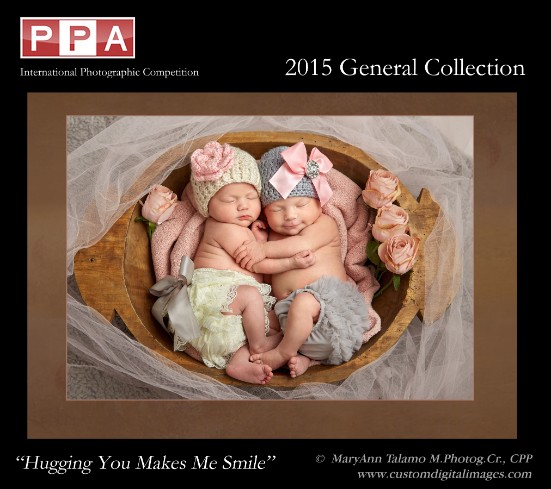
I’m not satisfied creating a product that is maybe better than average, I want to create portraits that are exceptional, every time out of the gate. And maybe I haven’t changed at all from that girl that “wasted” 25 sheets of photographic paper just to make one print. Now, it’s that one image that gets worked on and worked on in Photoshop or Painter until I feel it’s ready to be sent to print.
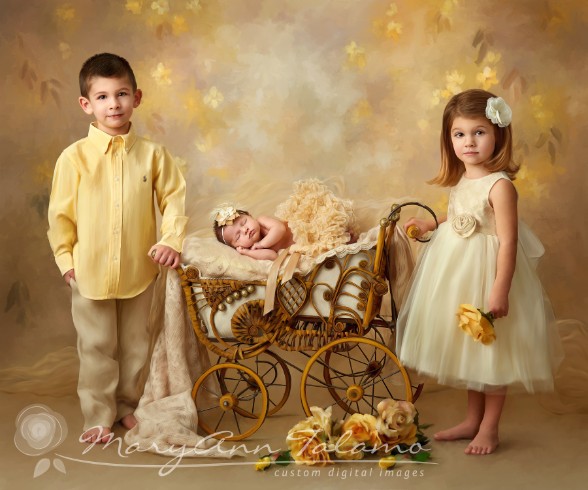
That is the product I strive to produce for my clients, and while every client might not need that level of perfection, I have now discovered that is the only work I can produce that leaves me satisfied and proud of myself. That is the type of work that keeps me going, and I appreciate clients that share my aesthetic. Handing over a painting like this to a client and seeing their eyes light up, and knowing that portrait will be in their family for generations, what can be more satisfying than that?
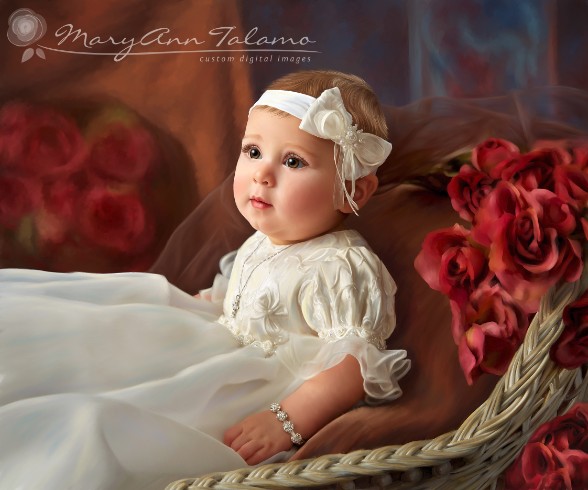
At the beginning of the year, I blogged about goals, about changes in myself, about my wish to blog more, about what kind of studio I wanted in 2015…only to be derailed by what we finally found out recently to be Lupus, and it’s wonderful effects on the human body. I have struggled with Sjogren’s, an autoimmune disorder, since 2008, but my body decided to take it to a whole other level and fight itself for a second time. Regardless, I’m still not ready to throw in the towel and retire, but it’s more important than ever before that if I do work that I love, and on a level that I have worked hard over the years to achieve with continuing education, print competition, etc.
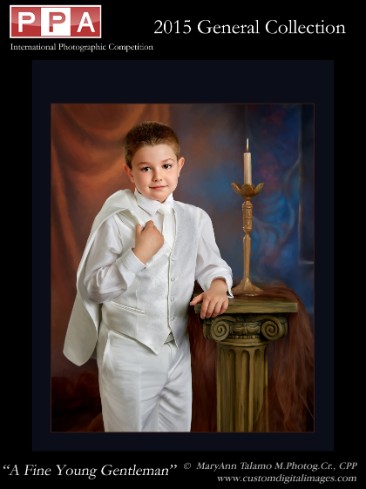
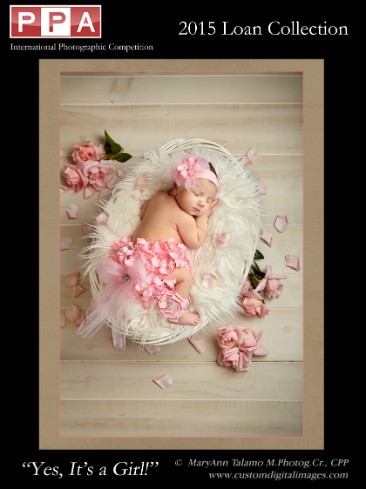
But portraits as fine art need more time, and in this age of instant gratification, sometimes that’s hard to get across. But I know for myself, I think the end result will justify the means, and be worth the wait. Who wouldn’t want portraits of their children in all their perfect flawlessness?


0 Comments